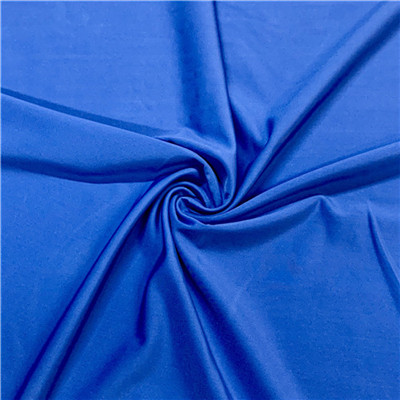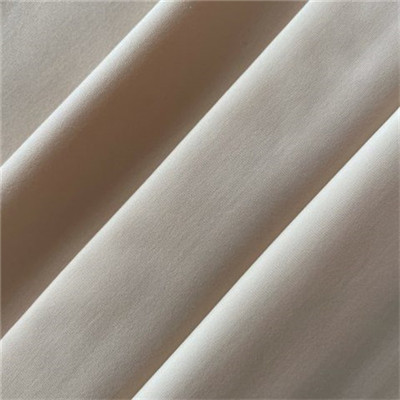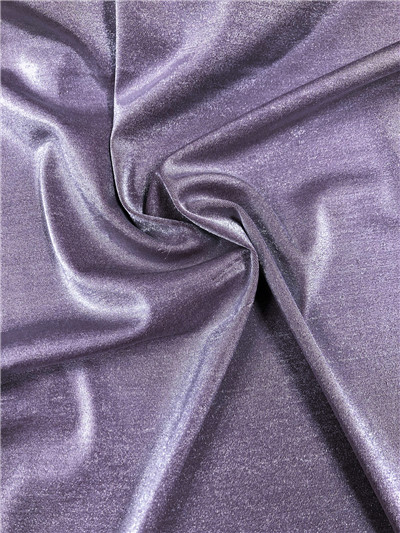

Nylon material, also known as polyamide, is a type of synthetic polymer that was first developed in the 1930s. It is a versatile material that has many different applications due to its unique properties. Nylon fabric is made by melting down nylon pellets and extruding them through small holes to form long fibers. These fibers are then woven together to create a strong and durable fabric.
One of the key properties of nylon material is its strength and durability. It can withstand high levels of stress without breaking or tearing, making it an ideal choice for use in products such as clothing, luggage, and outdoor gear. Another important property of nylon is its resistance to moisture and chemicals. This makes it suitable for use in products that will be exposed to water or other liquids.
Nylon fabric also has excellent elasticity and flexibility, which makes it easy to work with during the manufacturing process.

Nylon has been a popular material for years due to its durability and versatility. It is commonly used in clothing, accessories, and even industrial applications. However, some people question whether nylon is actually a good material or not.
One of the main advantages of nylon is its strength. It can withstand a lot of wear and tear without breaking down or losing its shape. This makes it ideal for items that need to last a long time, such as backpacks or luggage. Nylon also dries quickly and resists wrinkles, which makes it easy to care for.
Another benefit of nylon is that it can be made into many different types of fabrics, from lightweight sheers to heavy-duty canvases. It can also be dyed easily, which means that there are endless color options available. Furthermore, synthetic materials like nylon are often more affordable than natural fibers like cotton or wool.

Nylon is a highly versatile and widely used synthetic material that has found its way into numerous products, from clothing to car parts. What makes nylon so popular is its toughness, durability, and resistance to wear and tear. However, not all nylons are created equal; there are four main types of nylon, each with unique properties.
The four most common types of nylon include Nylon 6, Nylon 6/6, Nylon 6/9, and Nylon 6/12. Each type of nylon is made up of different monomers and possesses distinct characteristics such as melting point, tensile strength, and abrasion resistance. For instance, Nylon 6 is known for its high impact-resistance and excellent abrasion resistance while Nylon 6/12 offers good flexibility at low temperatures.

One of the main benefits of nylon fabric is its ability to resist abrasion and wear and tear. This makes it an ideal choice for outdoor gear such as backpacks, tents, and hiking boots. Nylon is also water-resistant which adds to its suitability for outdoor use.
Another advantage of nylon is its flexibility in terms of color options. The material can be dyed easily in vibrant colors which makes it popular for fashion clothing items such as jackets, dresses, and leggings.
Nylon material clothes are becoming increasingly popular due to their durability, versatility, and affordability. Nylon is a synthetic polymer that is widely used in the textile industry for producing different types of clothing such as jackets, pants, shirts, and even lingerie. The use of nylon has become so common that nearly every household has at least one garment made out of this material.
One of the main advantages of nylon material clothes is their strength and resistance to wear and tear. This makes them ideal for outdoor activities such as hiking, camping or trekking where they can withstand rough terrain and harsh weather conditions. Nylon also dries quickly which makes it perfect for water sports enthusiasts who want to remain dry after being in water.
Another advantage of nylon material clothes is its flexibility in design. It can be blended with other materials such as cotton or elastane to create fabrics with unique properties such as stretchability or breathability.

The texture of nylon fabric can vary depending on how it was manufactured. The most common type of nylon used in clothing is called "plain weave" which produces a smooth and shiny surface. Another popular variation is "ripstop nylon" which has a noticeable grid pattern due to its reinforced threads woven into the fabric for added strength.
In addition to its visual texture, nylon also has unique tactile properties such as being lightweight and soft to the touch while still being strong enough to withstand wear and tear.